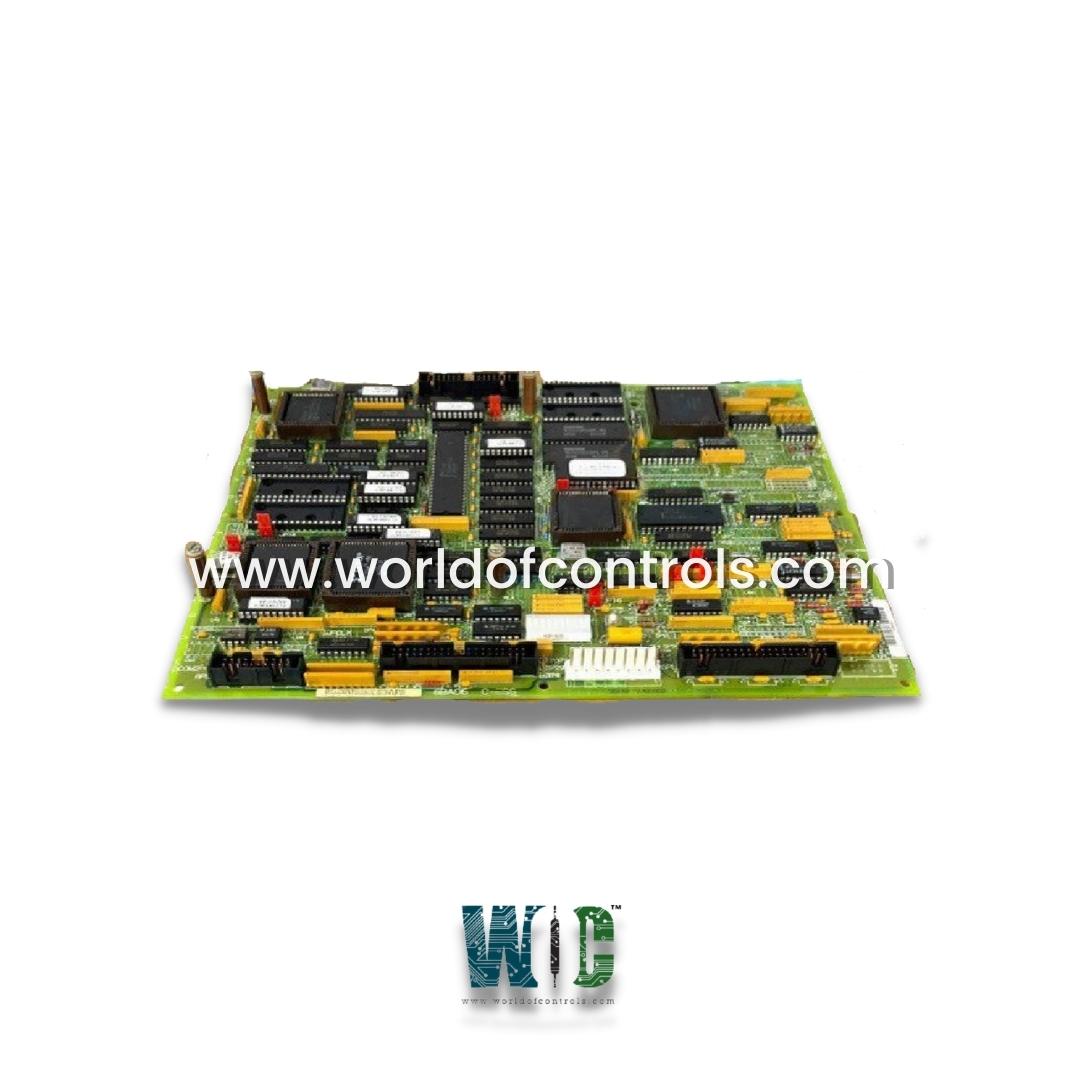
World Of Controls understands the criticality of your requirement and works towards reducing the lead time as much as possible.
DS200SDCCG3A - Drive Control Card is available in stock which ships the same day.
DS200SDCCG3A - Drive Control Card comes in UNUSED as well as REBUILT condition.
To avail our best deals for DS200SDCCG3A - Drive Control Card, contact us and we will get back to you within 24 hours.
SPECIFICATIONS:
Part Number: DS200SDCCG3A
Manufacturer: General Electric
Series: Drive Control
Product Type: Drive Control Card
Number of channels: 12
Common Mode Voltage Range: +5 V dc
Maximum Lead Resistance: 15Ω
Analog output current: 0-20 mA
Operating temperature: -30 to 65 °C
Size: 8.26 cm high x 4.18 cm
Frequency: 50 or 60 Hz
Repair: 3-7 Day
Availability: In Stock
Weight: 2 lbs
Country of Origin: United States
Manual: GEI-100222
FUNCTIONAL DESCRIPTION:
DS200SDCCG3A is a Drive Control Card manufactured and designed by General Electric as part of the Mark V Series used in GE Speedtronic Drive Control Systems. A drive control card, also known as a controller card or a disk controller, is a hardware component used in computer systems to manage the operation of disk drives. It provides the interface between the disk drives and the rest of the computer system, allowing data to be read from and written to the drives. The drive control card typically connects to the motherboard or another expansion slot in the computer and interfaces with the disk drives using a specific protocol, such as SATA (Serial ATA) or SCSI (Small Computer System Interface). It may support multiple drives, allowing for the management of a RAID (Redundant Array of Independent Disks) configuration or other disk array setups.
FUNCTIONS OF DRIVE CONTROL:
Data Transfer: The card facilitates the transfer of data between the computer's memory and the disk drives. It manages the reading and writing of data to and from the drives, ensuring data integrity and efficient data transfer rates.
Drive Management: The controller card handles various aspects of drive management, including initializing the drives, maintaining the file system structure, and managing storage configurations such as disk arrays or logical volumes.
Error Handling: It detects and handles errors that may occur during data transfer or drive operations. This includes error correction and recovery mechanisms to ensure data reliability.
Interface Conversion: In some cases, a drive control card may also convert one type of interface to another. For example, it may convert the computer's native SATA interface to a SAS (Serial Attached SCSI) interface for compatibility with SAS drives.
WOC has the largest stock of GE Speedtronic Drive Control System Replacement Parts. We can also repair your faulty boards. WORLD OF CONTROLS can also supply unused and rebuilt backed-up with a warranty. Our team of experts is available round the clock to support your OEM needs. Our team of experts at WOC is happy to assist you with any of your automation requirements. For pricing and availability on any parts and repairs, kindly get in touch with our team by phone or email.
FREQUENTLY ASKED QUESTIONS:
What is the purpose of a drive control card?
A drive control card is responsible for managing the operation of disk drives in a computer system. It provides the interface between the disk drives and the rest of the computer, facilitating data transfer, drive management, error handling, and interface conversion.
What types of interfaces do drive control cards support?
Drive control cards can support various interfaces depending on the type of drives they are designed for. Common interfaces include SATA for consumer-grade drives, SAS for enterprise-grade drives, and SCSI for older or specialized drives.
Are drive control cards compatible with all operating systems?
Most drive control cards are compatible with popular operating systems like Windows, macOS, and Linux. However, it's always recommended to check the specifications and system requirements of the specific card you intend to use to ensure compatibility with your operating system.